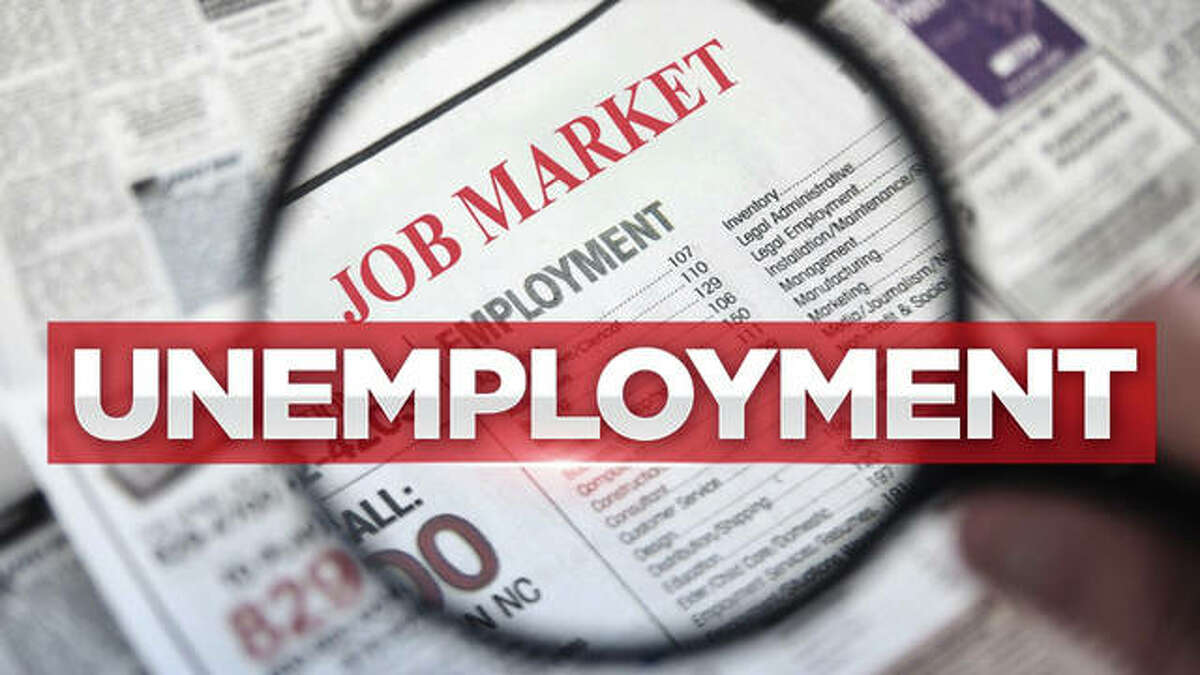The figures In a stretching of the economic muscles, the U.S. added a scorching 528,000 new jobs in July, and the jobless rate dropped to pre-pandemic levels. However, the strong data can fuel concerns about inflation and raise interest rates.
The surge in hiring far exceeded expectations on Wall Street. The Wall Street Journal surveyed economists, who predicted 258,000 additional jobs will be created.
Businesses hired widely as they added the most new employment in the previous five months. At last, employment levels reached those of February 2020, the final month before the epidemic.
The government reported that the jobless rate dropped to 3.5 percent from 3.6 percent on Friday, marking the lowest level seen since the late 1960s.
US stocks declined following the report. The Federal Reserve won’t see the significant increase in hiring favorably, even though it goes against another important official study that claims the United States is on the verge of recession.
In an effort to stop the greatest inflation jump in almost 41 years, the Fed is substantially raising interest rates in the United States. Higher rates make borrowing more expensive for households and businesses, which slows the economy.
According to economists, the unexpectedly strong jobs report will likely convince the Fed that more stronger treatment is necessary. The central bank is concerned that the tight labor market is sharply raising wages and making it more difficult to keep inflation in check.
“All the jobs lost during the pandemic have now been regained,” said Seema Shah, chief global strategist at Principal Global Investors. “But while that is positive news, markets will take today’s number as a timely reminder that there is significantly more Fed hiking still to come.”
Many businesses are still filling unfilled positions, despite the fact that some organizations have reduced hiring or even turned to layoffs. Most employers raise compensation for current workers or offer better pay for new hires to entice them to stay.
In July, hourly earnings increased by 0.5 percent to $32.27. Despite being stable at 5.2 percent over the past year, the salary growth is still one of the fastest since the early 1980s.
The report contained a few warning signs. The labor force participation rate decreased by more individuals, bringing it down to a seven-month low.
These decreases can be a sign of problems to come.
Read the original article here.








